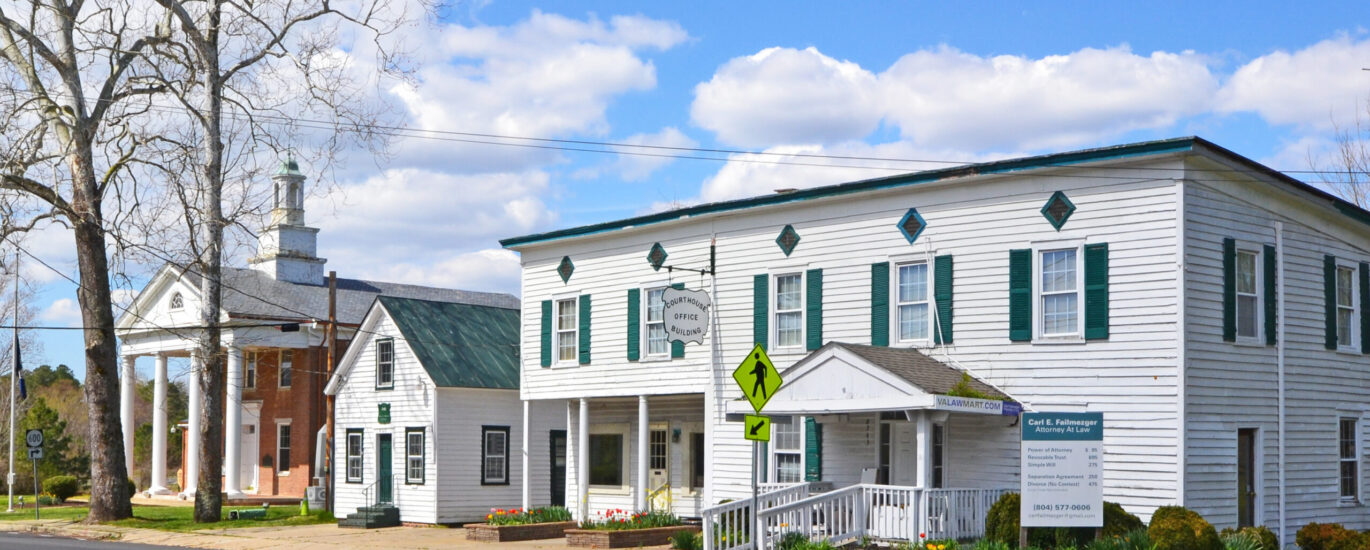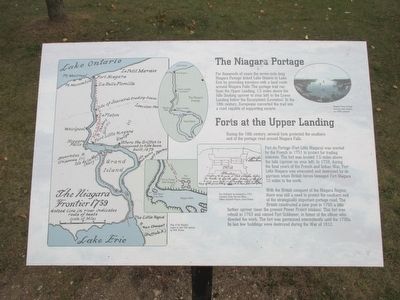Welcome to the Lancaster Court House Historic District, a location steeped in the rich history of Lancaster County, Virginia. This historic district, listed on the National Register of Historic Places in 1983, offers a glimpse into the past with its 25 structures, including a Confederate monument and several buildings that form the Mary Ball Washington Museum and Library.
Lancaster County was carved out of Northumberland County in 1651. Just three years later, plans for a courthouse were set into motion. The original courthouse location remains a mystery, though it’s believed to have been near the Corrotoman River. This spot was eventually deemed unsuitable, and by 1698, the courthouse had moved to Captain William Ball’s land and later to its current site by 1861. The present courthouse, which opened in 1861, was remodeled in 1937, embracing Thomas Jefferson’s Roman Revival architectural style, and stands as a testament to the area’s enduring legacy.
In the broader American historical context, Lancaster County holds a unique distinction. Unlike many counties in Virginia’s Tidewater region, Lancaster’s records survived the American Civil War largely intact, preserving a wealth of colonial history. This resilience is embodied by the 1872 Confederate memorial, believed to be the first of its kind in Virginia, erected as part of a post-war emigration effort.
The district is not just about legal history. It includes a tavern from around 1800, a mid-19th-century post office, a Carpenter-Gothic church, and various homes from the 19th and early 20th centuries. These elements paint a vivid picture of a thriving community through the ages.
Visitors will find fascinating stories here, like the tale of Mary Ball Washington, George Washington’s mother, whose life and legacy are celebrated at the museum named after her. Her connection to the area highlights the district’s role in shaping American history.
As you explore the Lancaster Court House Historic District, you’ll walk through time, witnessing a blend of architectural styles and historical narratives that speak volumes about the past and present of this storied Virginia community.



